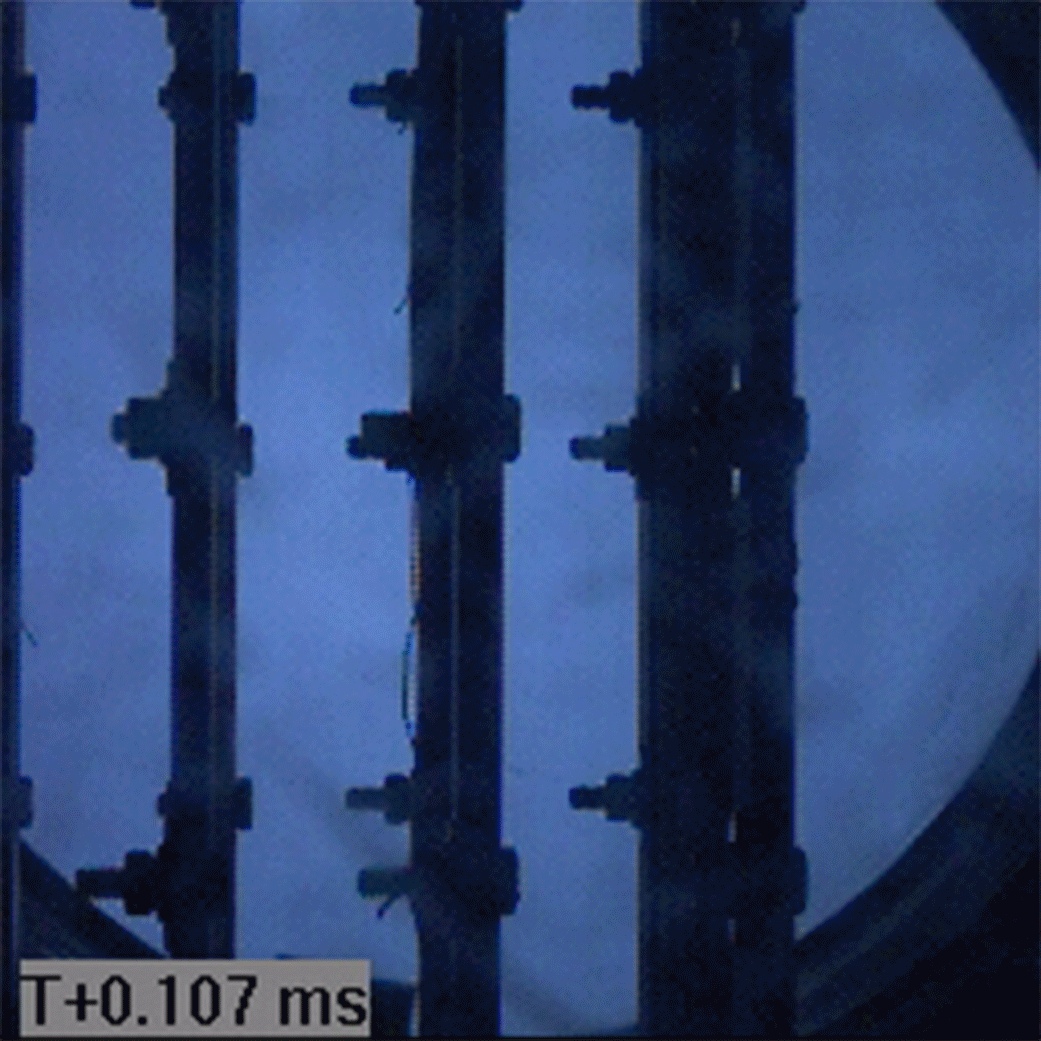With over two decades of data acquisition and testing expertise, our team has often been on the cutting edge of hypervelocity impact testing, creating new and innovative test protocols and handling new challenges easily.
Internal collaboration with multiple teams across our site allow our team to focus on our customer requirements and safely and efficiently carry out testing requests. Our Environmental Management personnel handle all permitting and disposal functions and our Safety and Mission Assurance team provides testing oversight to provide top quality data to our customers. The accuracy of our measurement is ensured by our in-house Calibration workforce and our Machining and Fabrication facility custom build our target test article fixturing to meet any testing need.
Along with custom testing, the following testing has been routinely completed.
- Extreme Temperatures
Our test chambers can be heated to 2800˚F (1811˚K) and cooled to -325˚F (77˚K) to determine the effects of impacts on structures and components in extreme temperature environments.
- Hazardous Targets
Toxic and explosive materials and components including electrical hazards, explosives, chemicals, and nanoparticles can be impacted. Release energies up to 2.3 kg (5 lb) TNT can be tested in our test chambers. Batteries, aerospace fluids, and pressurized containers are some examples of the hazardous test article targets we have tested and analyzed.
- Phase Doppler Velocimeter (PDV)
PDV measures the velocities of light reflected from moving items such as test articles, projectiles, and shock waves during explosive events to obtain velocity profiles with very high accuracy. Our system decodes and records the Doppler shift (the difference in wave frequency) of the reflective signals produced by the event. The waveform is then spectrally analyzed to produce plots of velocity as a function of time providing more reliable, accurate data than other monitoring equipment.


























